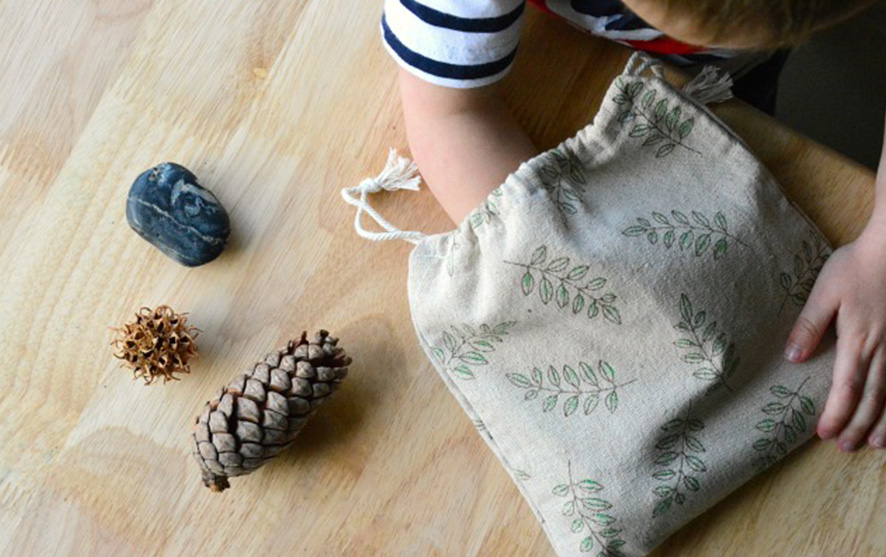Cranberry flapjack bars
Packed full of energy-inducing fruits and seeds, our cranberry flapjack bars are great for on-the-go […]
Read more
This will encourage your child to take turns, build their attention span, and improve language skills, particularly focusing on introducing new and extended vocabulary.
Find an empty bag/basket or box and fill it up with different items listed above or whatever is available in the house. Ask your child to put their hand in and choose one item at a time. Once they have chosen the item, you can then describe it – what is it called? What does it feel like? How can it be used? Where would it usually be found? Alternate turns between you and your child.
If you have other children or family members who would like to join in, you can create a larger group based activity. With younger children, starting to take turns between two people is best, so they can begin to understand the concept of waiting and that they will get a turn again. Children closer to three will usually be ready to take turns with more than one person.
Introduce new vocabulary to your child to help them describe the various objects such as smooth, rough, bumpy, spiky, hard or soft. Talk about the names for various objects they may not have seen before, such as kitchen objects. To increase the challenge, get your child to feel the object inside the bag/box and guess what it could be, before pulling it out to see if they were correct. This experience can be enjoyed again and again. By changing the objects used, you can create new and interesting experiences to talk about and enjoy together.